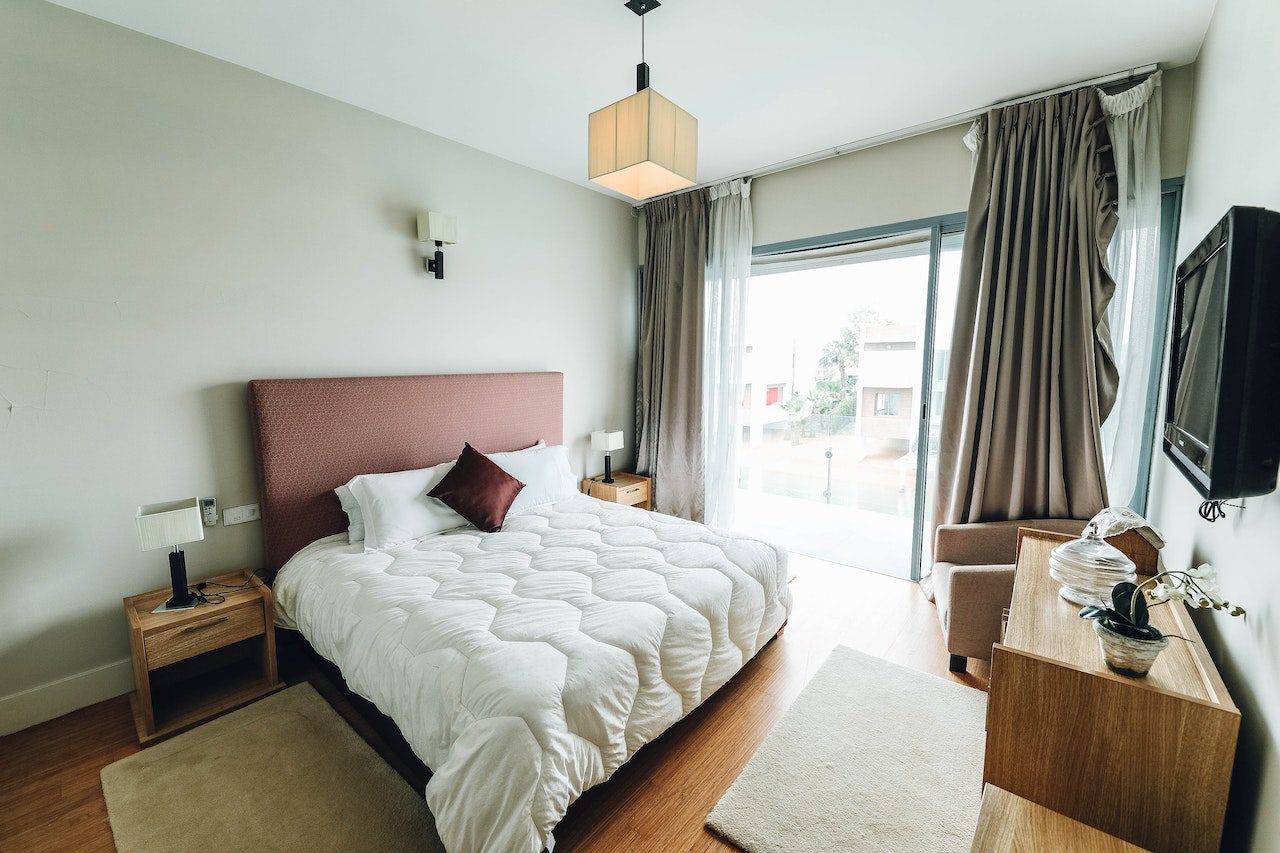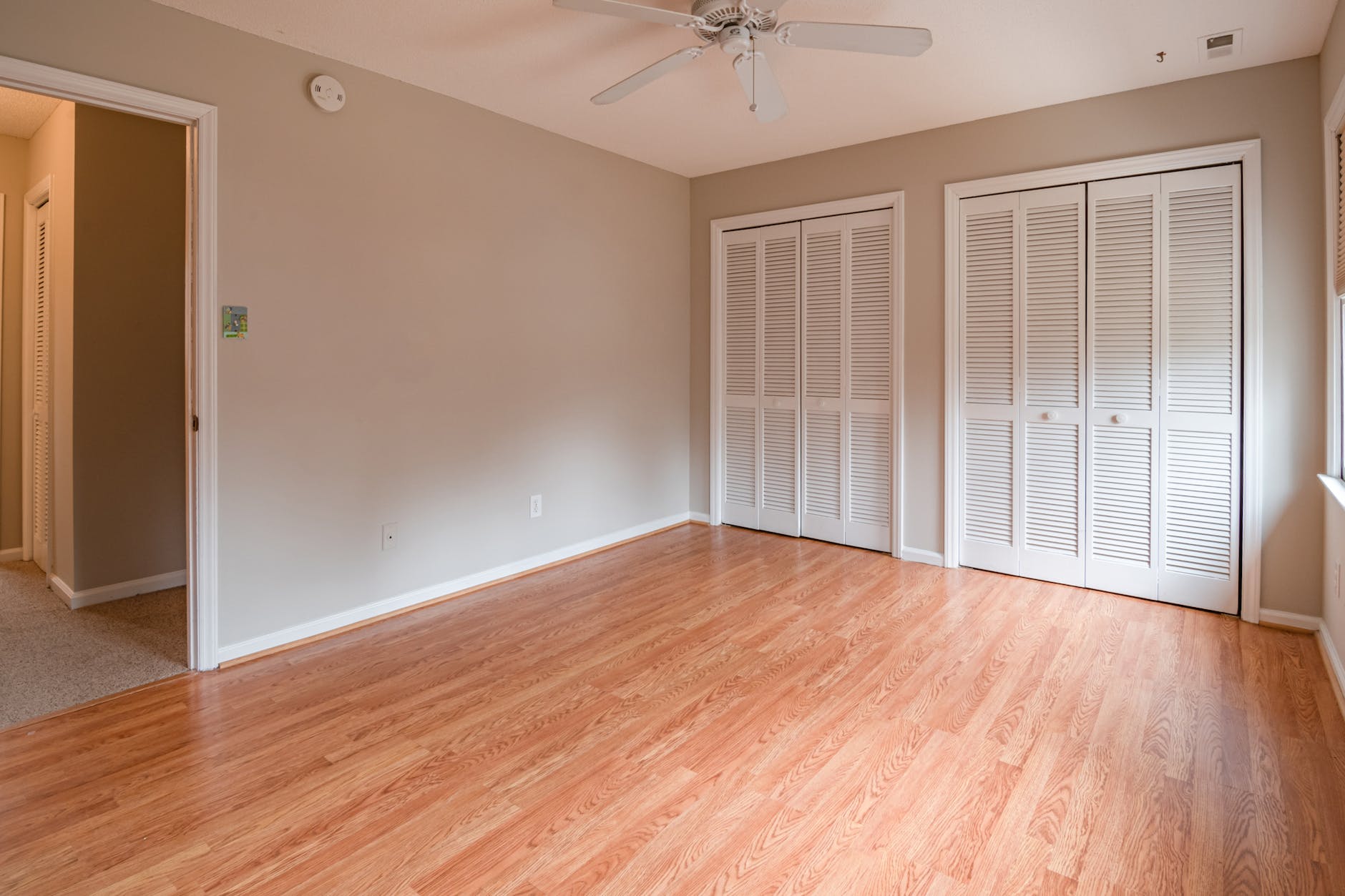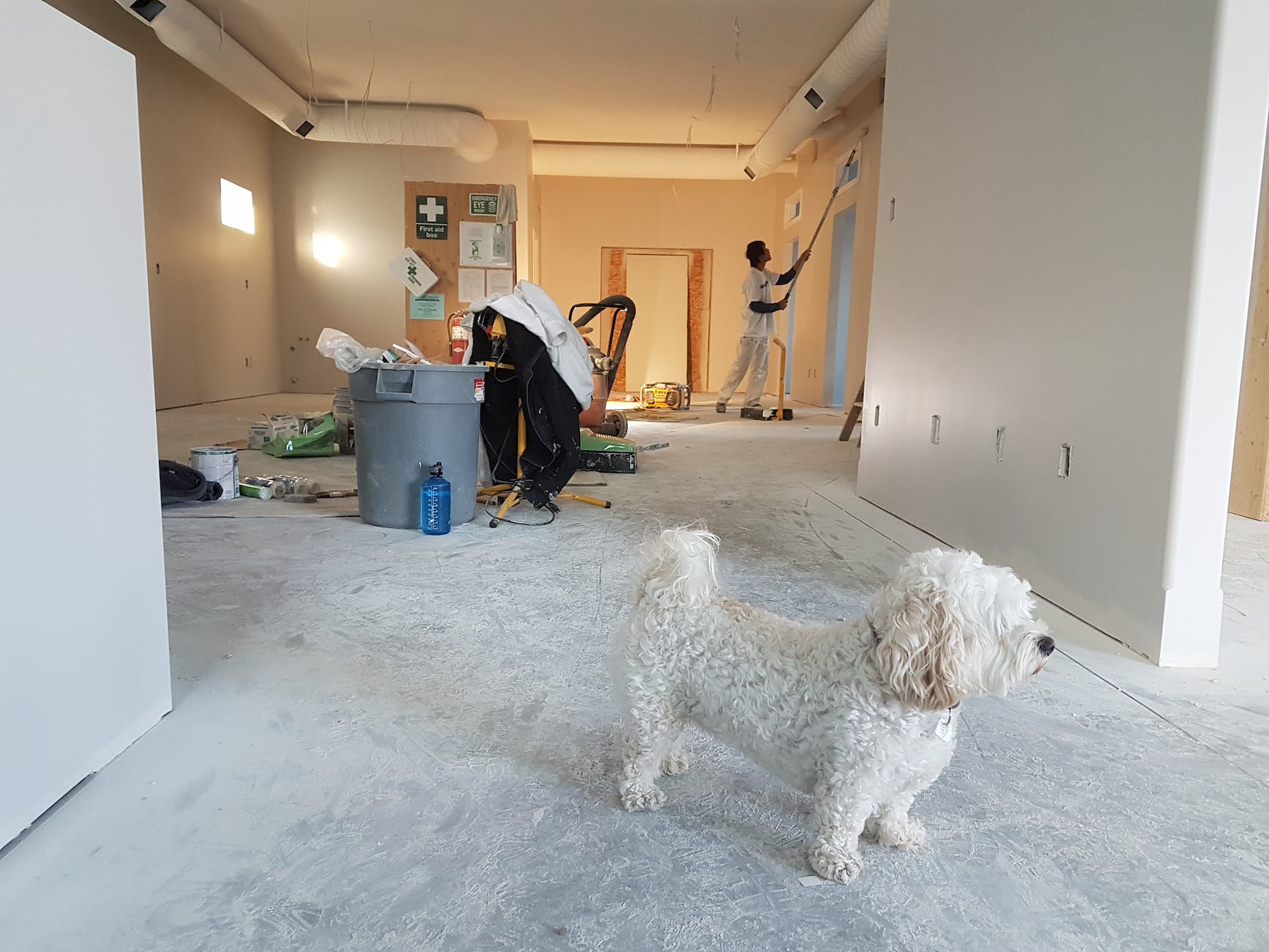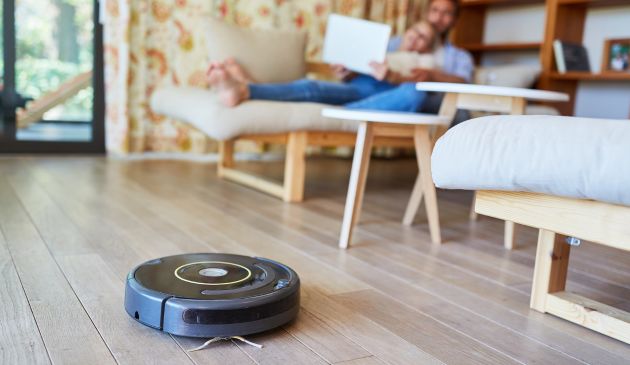
Slouching at your desk?- How to improve your posture at work
#This is a collaborative post
I absolutely love my office job, but at times, spending 8 hours a day sat at my desk can be exhausting both physically and mentally. I get into the office at about 9am, and depending on how my day pans out with meetings and visits, I can on some days be sat in the same place for almost the entire day. It appears comfortable at the time, but at the end of a busy day, I can definitely tell that I’ve been relatively sedentary, especially by the lack of steps being logged on my health app.
As someone who works in HR by day, I know just how important it is to take regular breaks away from your desk and ensure that you sit correctly, however even I am guilty of bad posture, working through my lunch or even folding one leg beneath me when I’m hard at work. Not a great idea if you want to avoid aches and pains.
Research has shown that failing to support your body properly when working at a desk can not only effect your productivity, but result in both short and long term health issues – in particular lower back pain and sciatica. The most common cause of back pain is bad posture and having an office chair which fails to correctly support your spine. As someone who has suffered with back problems in the past (so badly I had to learn to walk again in 2016!) it is even more important for me personally that I take some steps to reassess my seating position and posture in the workplace, and ensure that I ensure my workstation is ergonomically appropriate.

Furniture At Work have shared some helpful advice and guidance about how to ensure you manage your posture in the workplace and how you can ensure your office chair is providing adequate support and protection. From making sure you distribute your weight evenly across your hips, ensure your buttocks reach the back of the chair and that your joints, such as your knees and ankles are open at a 90 degree angle, through to the positioning of your keyboard, mouse and screen; there are lots of things you can do to consciously change your posture and seating position.
There are also a variety of exercises and stretches you can do to improve your posture, including chest stretches, bridges and back extensions.
When I am back in the office next week I am going to make a conscious effort to assess my workstation and take steps to improve my posture. Why don’t you do the same?
What other approaches do you use to improve your posture in the office?

















































